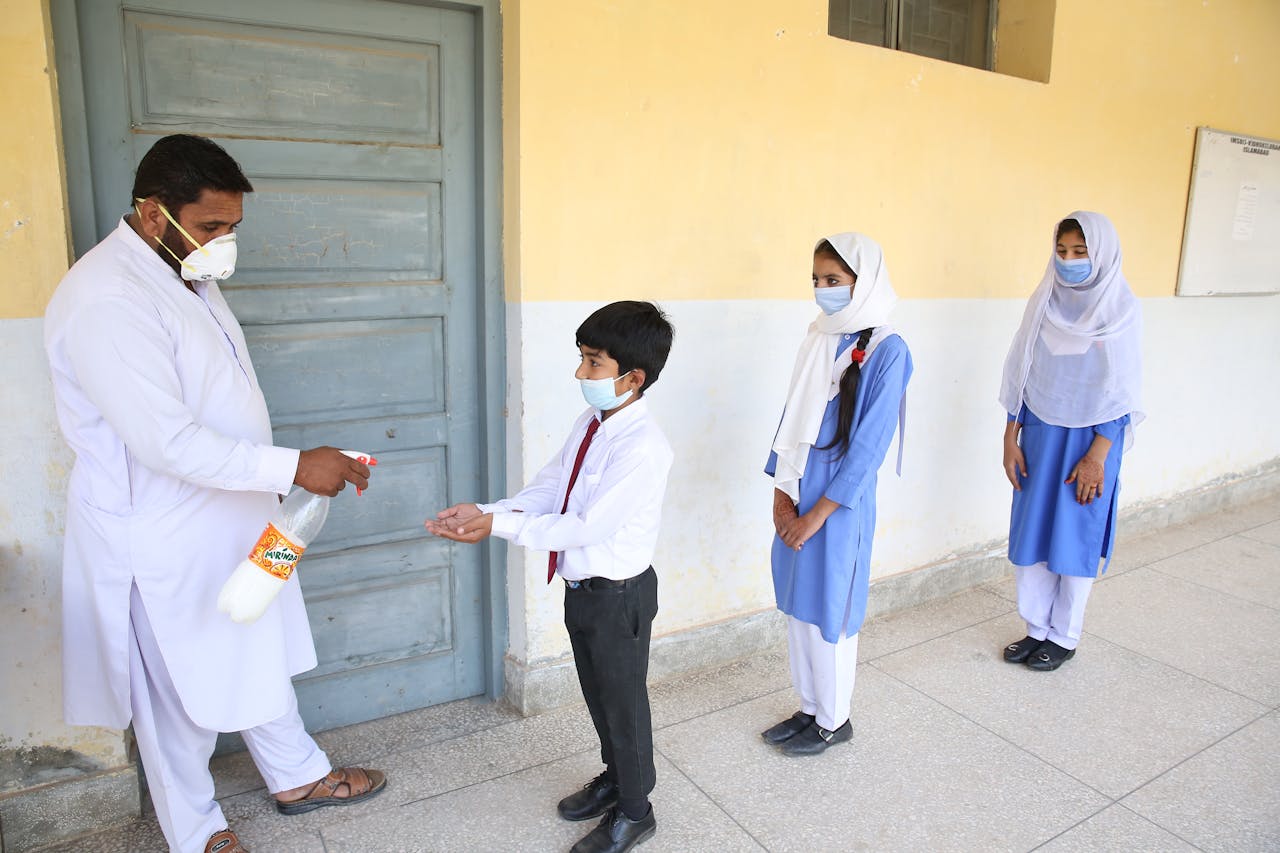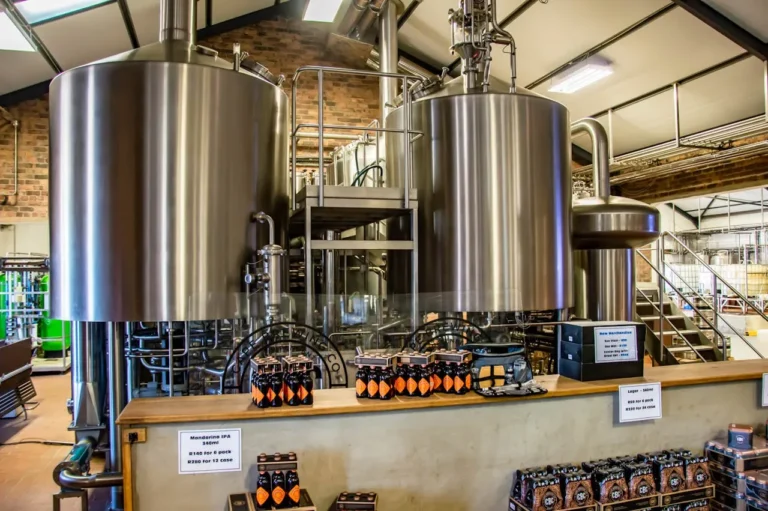
Professional Hygiene Market Analysis: Trends, Forecasts, and Competitive Landscape (2024–2030)
The global professional hygiene market has been gaining significant traction over recent years, driven by heightened awareness of health and cleanliness in public and professional spaces. In 2024, the market was valued at USD 17.80 billion, and it is projected to reach approximately USD 25.02 billion by 2030, growing at a Compound Annual Growth Rate (CAGR) of 5.84%. This growth trajectory is propelled by evolving consumer demands, technological advancements, and increased regulatory support promoting sanitation and hygiene across various sectors.
Market Structure and Competitive Dynamics
The global professional hygiene market is marked by high concentration, with intense competition among a mix of multinational and regional players. The presence of 50 major vendors, including industry leaders such as Essity Aktiebolag, Kimberly-Clark, Cascades Pro, Koch Industries, and Reckitt Benckiser, underscores the scale and competitive intensity of the sector. These leading vendors continually innovate and reposition themselves to maintain a competitive edge in a market susceptible to disruptions from new entrants offering lower-quality or counterfeit products.
As global vendors expand their geographic footprint, regional and local players are facing growing challenges in maintaining market relevance. These global giants benefit from extensive R&D capabilities, strong distribution networks, and substantial marketing resources. In contrast, smaller players often struggle with limited operational scalability, regulatory hurdles, and lower brand recognition.
A key aspect of competition is the ability to innovate—particularly in developing products that align with the global sustainability movement. Market leaders are increasingly focusing on creating environmentally responsible, health-conscious, and technologically enhanced hygiene solutions that meet modern consumer expectations and corporate sustainability goals.
Key Market Drivers and Trends
1. Rise of Eco-Friendly and Sustainable Hygiene Solutions
One of the most significant trends reshaping the professional hygiene market is the growing emphasis on green and sustainable hygiene products. With increasing pressure on organizations to reduce their environmental impact, many companies are transitioning towards eco-friendly cleaning practices that emphasize biodegradable ingredients, reduced chemical usage, and recyclable packaging.
This shift aligns with broader Environmental, Social, and Governance (ESG) strategies adopted across industries. Businesses are not only meeting environmental regulations but also responding to customer demand for transparency and responsible product sourcing. Companies with strong Corporate Social Responsibility (CSR) initiatives are gaining a competitive edge by promoting green hygiene practices that prioritize both human and environmental health.
Green solutions are also becoming important in sectors like healthcare, education, hospitality, and food services, where sustainable cleaning practices are critical to long-term viability and compliance.
2. Integration of Advanced Technology in Hygiene Solutions
Technological advancement is another key catalyst in the transformation of the professional hygiene landscape. The integration of Internet of Things (IoT), smart sensors, and automated cleaning devices is changing how hygiene is monitored and managed in commercial and institutional settings.
Smart restrooms, for example, equipped with connected devices and data analytics, are improving efficiency in facilities management by monitoring supply levels, usage frequency, and maintenance needs in real-time. The rise of touchless technology, including automated soap dispensers, sensor-operated faucets, and no-touch waste bins, is creating more sanitary environments and reducing the risk of germ transmission.
These innovations are particularly relevant in high-traffic environments such as airports, shopping malls, hospitals, and corporate offices, where maintaining high hygiene standards is critical to public health and brand image.
3. Heightened Awareness of Hygiene Post-COVID-19
The COVID-19 pandemic fundamentally changed public perception of hygiene and sanitation, making cleanliness a top priority across all sectors. Workplaces, schools, healthcare institutions, and public facilities have all increased their focus on hygiene, spurred by both public expectation and regulatory requirements.
One of the leading market players, Essity, reported significant changes in consumer and corporate behavior toward hygiene. According to their 2022 hygiene and health survey, over 84% of U.S. employees expressed a need for improved hygiene practices at their workplace. The study also indicated that more than 1.5 million employees in the U.S. suffer from infections acquired at work annually, emphasizing the importance of adopting advanced hygiene practices in the workplace.
This growing awareness is fostering long-term behavioral changes, leading to sustained demand for high-quality hygiene products and solutions in professional settings.
4. Government Support and Regulatory Push
Governments worldwide are increasingly recognizing the crucial role of hygiene in promoting public health and economic productivity. In the U.S., agencies such as the Centers for Disease Control and Prevention (CDC) and the Occupational Safety and Health Administration (OSHA) have been pivotal in promoting and funding hygiene awareness and training programs.
In 2024, OSHA announced that the U.S. Department of Labor allocated approximately USD 12.7 million to over 100 nonprofit organizations across the nation. These funds support training and education initiatives aimed at creating safer and more hygienic workplaces, particularly in sectors vulnerable to disease transmission.
Regulatory support is also expanding in other regions, where hygiene policies are being integrated into broader health and safety frameworks, offering vendors an opportunity to align their products with emerging standards and certification requirements.
Geographic Market Insights
North America: Dominant Market with Strong Policy Backing
North America continues to hold the largest share of the global professional hygiene market. The region’s leadership is primarily driven by the United States, which represents the largest economy and healthcare spender in the region.
Several factors contribute to this dominance, including:
- High awareness and prioritization of hygiene in public and professional settings
- Strong institutional support from federal agencies and health organizations
- Robust infrastructure for product distribution and implementation
- Continuous innovation from leading global vendors headquartered in the region
The healthcare and corporate sectors in the U.S. and Canada have particularly embraced advanced hygiene practices. According to a 2025 article by Interclean, hospitals and care facilities in both countries are increasing investments in professional hygiene solutions to reduce healthcare-associated infections and protect frontline health workers.
Asia-Pacific (APAC): Fastest Growing Market
The Asia-Pacific (APAC) region is experiencing the fastest growth, with a projected CAGR of 7.01% from 2024 to 2030. The region’s expansion is attributed to several key factors:
- Rapid urbanization and industrialization
- Growing middle-class population with increasing health awareness
- Government initiatives promoting hand hygiene and public sanitation
- Increasing demand from sectors such as manufacturing, healthcare, and education
Countries like China, India, and Japan are leading the region’s growth. In India, the hygiene market has witnessed strong momentum, supported by both private initiatives and government campaigns promoting public sanitation. Programs like Swachh Bharat Abhiyan have elevated hygiene standards across urban and rural areas, encouraging widespread adoption of professional cleaning products.
Meanwhile, the World Health Organization (WHO) continues to advocate for hand hygiene practices across APAC, which has now become a norm in both public and professional spaces. From commercial buildings to educational institutions, awareness campaigns and training programs are creating long-term demand for hygiene products and services.







